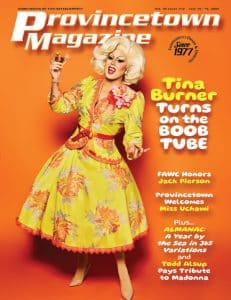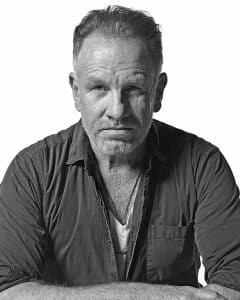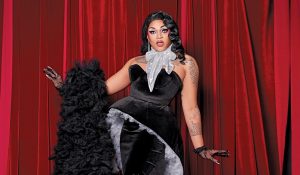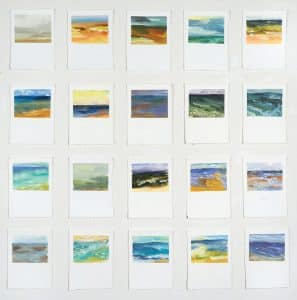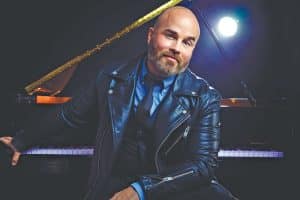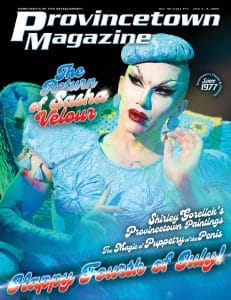The Photography of Rowland Scherman
by Steve Desroches
If there’s any photograph that captures the incredible viewpoint Rowland Scherman had of 1960s America it’s a shot of Jefferson Airplane taking to the stage at Woodstock. It was early morning, Sunday, August 17, 1969 and Scherman snapped a photo standing behind the sound equipment and backstage onlookers as Grace Slick, in a white doe skin fringe outfit with a wild mane of dark hair, walked toward her fellow musicians as a sea of humanity looks toward them, and Scherman. It’s a perch he had for the entire decade. He had a front row to history. Scherman was always there.
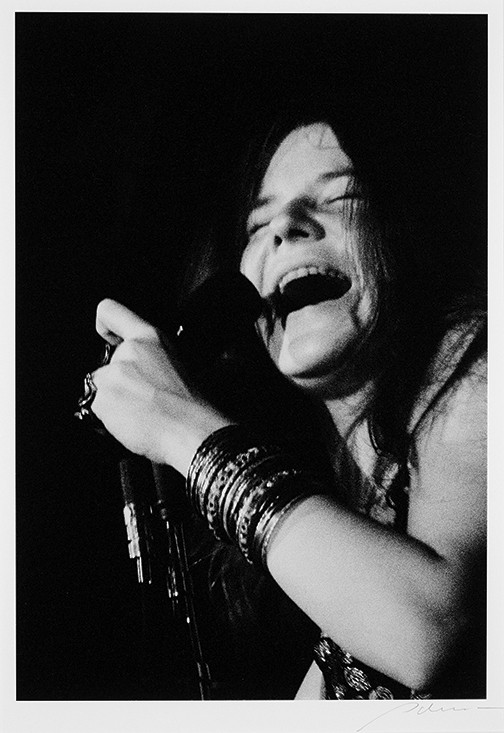
When he was just in his early 20s Scherman landed a photography gig with the United States Information Agency (USIA), a now defunct government agency meant to engage in “public diplomacy,” making it essentially a public relations organization for the United States. His first assignment was to cover the 1963 March on Washington, where Martin Luther King, Jr. would deliver his “I Have a Dream” speech. His only other experience was as the first photographer for the Peace Corps in 1961 documenting the first days of this new venture developed by President John F. Kennedy to send American volunteers around the world to offer developmental assistance. It was a time of great optimism and promise that the world could, and would, change for the better. It was the spirit of the Sixties, at least the early part of the decade.

“You had this feeling everything was going to be alright,” says Scherman. “And then JFK was killed. And then Martin Luther King was killed. And then Bobby Kennedy was killed. Later, John Lennon was killed. And then you didn’t feel that everything was going to be alright. There was a feeling of hope, and then it was gone.”
Capturing that transformation from promise and possibility to discord and cynicism, as well as the rock and roll revolution of the times, is at the core of his body of work and the exhibition Rowland Scherman: Spirit of the 60s on display now at the Provincetown Art Association and Museum (PAAM). Curated by Jane Paradise and Andy Wentz, the show is a sweeping snapshot of Scherman’s work chronicling the dizzying decade, featuring photographs of political and cultural giants like James Baldwin, Sidney Poitier, Janis Joplin, President Lyndon Johnson, as well as artifacts like Scherman’s Grammy Award for the iconic album cover of 1967’s Bob Dylan’s Greatest Hits.
In addition to Woodstock and the March on Washington, Scherman also shot the 1963 Newport Folk Festival, the Beatles’ first American concert, as well as a lengthy list of smaller, but no less compelling events, protests, and concerts. A witness to history, Scherman followed Senator Robert F. Kennedy’s presidential campaign starting in 1966. There’s maybe no other event in the 1960s that punctuates what Scherman saw and documented better than that electric run Kennedy made for the White House. The energy felt as if it might bring America back to before the senator’s brother was assassinated in Dallas in November of 1963. When Scherman heard the news that Bobby Kennedy was killed at the Ambassador Hotel in Los Angeles after winning the California primary in June of 1968, he was editing photographs he’d just taken several days earlier of the charismatic young presidential hopeful. Smiling and beaming, with a message for a fairer and more equal America, Scherman’s photos suddenly were jarringly out of date. The photos that would run in newspapers around the world announcing Kennedy’s assassination featured him lying on the floor in a pool of blood as Juan Romero, a busboy with whom Kennedy was shaking hands when he was shot, holds the mortally wounded senator. Scherman said that assassination “took the air out of everything,” signifying the end of an era.
Scherman captured great moments of joy and artistic accomplishment as well, photographing live concerts with the likes of Johnny Cash, Simon and Garfunkel, Peter, Paul and Mary, The Doors, John Denver, and the Grateful Dead. Bob Dylan and Joan Baez at the Newport Folk Festival and the March on Washington and the Beatles playing the Washington Coliseum two days after their historic appearance on the Ed Sullivan Show were, of course, monumental, as was Woodstock in general. But they all pale in comparison to any time Scherman got to see and photograph Janis Joplin. Backstage, she was just a “sweet kid,” says Scherman. But onstage, she transformed, almost leaving her body when she performed.
“Of all the people I photographed she was my favorite,” says Scherman from his home in Orleans. “When she performed it was like nobody else. Chills went up and down your spine. She was really something special. She was a force.”

Scherman photographed her many times over his career. He notes it was at times a challenge, both because she was such a dynamic performer in constant motion and because he was so enamored by her whenever she took the stage. But in between shots of her with her hair and arms flailing freely, he also captured moments that are snapshots into her soul, quiet moments before she opened up and soared to the stratosphere once again.

As much as he loved her, she wasn’t necessarily his take away from covering Woodstock, though the photos of her set performed in the middle of the night are lush and gorgeous. It was Crosby, Stills and Nash that was the highlight, and in turn resulted in Scherman getting his own spot in recorded history of the landmark concert. He’d shot singer Judy Collins many times on visits to Laurel Canyon, the musical hotspot of the Sixties in Los Angeles. At the time, she was dating Stephen Stills, and she invited Scherman into the studio when Crosby, Stills and Nash recorded their first album. She then encouraged him to go to Woodstock to see them perform, in what would be only their second live performance as a group. He was reluctant, as he wasn’t fond of crowds, but relented. After jockeying for a key spot onstage he accidently entered the annals of Woodstock history with his voice appearing on the live album to come out of the concert as well as the Academy-Award-winning documentary.
“There were so many photographers there I had to negotiate a spot for their set,” says Scherman. “I just loved them. I knew they were going to be big. Right when they started to play the opening to ‘Suite: Judy Blue Eyes’ I yelled out ‘Yeah!’ You can hear me on the album clearly. That’s me onstage at Woodstock.”
Rowland Scherman: Spirit of the 60s is on exhibition at the Provincetown Art Association and Museum (PAAM), 460 Commercial St., now through June 26. An opening reception is scheduled for Friday, May 13 at 6 p.m. Scherman along with exhibition curators Jane Paradise and Andy Wentz will deliver the Fredi Schiff Levin Lecture at PAAM on Thursday, June 16 at 6 p.m. The event will also be broadcast live on Facebook and YouTube. Admission to the museum is $15 (free to members and children 16 and under). For more information call 508.487.1750 or visit


